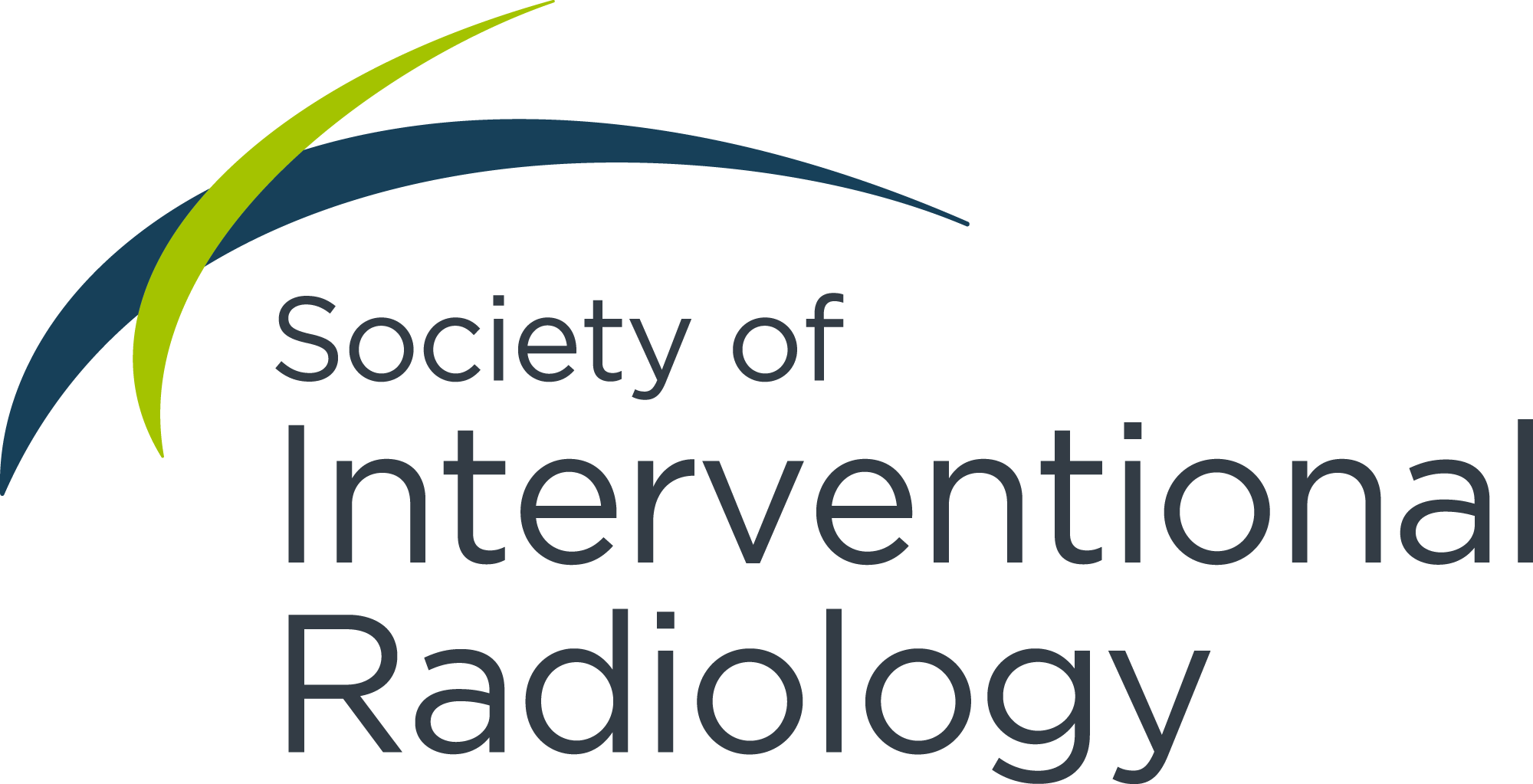
In the past 5 years, the notion of embolizing hyperemic, inflamed tissue to treat musculoskeletal pain has been tested in several early human studies. The primary goal of genicular artery embolization (GAE) is to disrupt the inflammatory process and cause ischemic neurolysis of synovial sensory nerves, leading to decreased pain and disability. This pioneering work has been led by Yuji Okuno, MD, PhD.1
The knee has been the anatomic site of greatest interest due to the large number of people affected with osteoarthritis-related knee pain. Since the publication of early data from Japan demonstrating feasibility and efficacy of GAE, my team completed a prospective single-arm study2 and, subsequently, a randomized controlled trial (RCT) of GAE vs. a sham procedure (currently undergoing peer review). The latter confirmed that GAE results in an effect greater than placebo in reducing pain and disability, which is a critical step in proving the value of pain-reducing procedures.
Our studies were both focused on patients with mild- to moderate-grade osteoarthritis (OA) because we believe that pain in late-stage OA is more a result of fibrosis than inflammation and would not respond as well to embolization. An investigation led by Lee et al.3 in 2019 supported this hypothesis, demonstrating that severe OA patients did not respond as well as those with moderate or mild grade stages.
Predictors of clinical success
Over the years, we have noticed other predictors of clinical success, including the ability to localize knee pain via physical exams and then targeting that focus during embolization. The identification of reproducible focal pain in the area of synovitis leads to a higher rate of success, a phenomenon also described by Dr. Okuno. Additionally, there seems to be a correlation between the ability to reproduce the patient’s knee pain during selective angiography and subsequent improvement of symptoms. We have also observed that, when patients have concurrent conditions in addition to OA, such as severe chronic degeneration of the menisci or ligaments, overall pain improvement after GAE may be less impressive.
In contrast to embolization for spontaneous hemarthrosis after arthroplasty,4 there are angiographic differences in the setting of OA. The size and vascularity of the synovium is often less pronounced leading to a subtler appearance of “tumor blush” in the regions of synovitis. More delayed subtraction angiography, the use of vasodilators and intraprocedural heparin may all improve the detection of hyperemic tissue while reducing the possibility of spasm or thrombosis. The superior-lateral compartment, commonly affected in post-arthroplasty hemarthrosis due to repeated impingement by the prosthesis, is less often the location of synovitis in the OA patient. From a technical perspective, the selection of the superior medial and lateral genicular arteries can be technically challenging. They can arise from a common trunk or independently but usually in a severe acute angle from the popliteal artery. Although challenging to catheterize, these arteries are both significant contributors to synovial mediated pain on both the medial and lateral aspects of the knee joint.
After GAE, patients usually report improvement in knee pain within a few weeks, if not within the first week. A transient increase in knee stiffness may last 24–48 hours. While complications are rare and mild for the most part, we have seen two cases of transient sensory deficits in the plantar aspect of the foot. However, we have not seen this complication with spherical embolic particles 100 microns or larger.
Future considerations
Since the publication of our initial trial, there has been a tremendous amount of anticipation for this therapy to be ready for routine clinical use. However, there is still work to be done. A larger pivotal study, involving a more substantial number of patients and centers, will be needed for the FDA to grant labeling for GAE to a specific embolic particle. Once this occurs, the process of obtaining reimbursement from CMS and private insurers can begin. Additionally, evidence from a larger trial could strengthen the argument that GAE should become standard of care for OA knee pain and added to various societal guidelines for treatment of this condition.
Within the burgeoning field of musculoskeletal embolization for pain, GAE for osteoarthritic pain is the tip of the iceberg. There may be pain from other knee conditions that could be improved by breaking the inflammatory cycle through embolization. Early investigation of embolization for pain in anatomical sites other than the knee has already taken place, including the shoulder, the elbow and the Achilles tendon. Early evidence also suggests that pain after total knee arthroplasty can be treated with embolization.
In another prospective IDE study that we have recently concluded, embolization significantly improved pain and function in patients with adhesive capsulitis of the shoulder. While this condition is less prevalent than knee OA, there is no consistently effective therapy to treat it. Although the majority of cases self-resolve, it can take months or years for the improvement in pain and stiffness to occur, leading to life-altering disability. With embolization, there is the potential of dramatically decreasing the duration of these symptoms and reducing the time patients have to be out of work.
Another intriguing feature of these procedures is that they can all be done on an outpatient basis, with minimal recovery time. While GAE has only been reported from femoral access and requires at least a 2-hour recovery, shoulder embolization can be done from a transradial approach with even shorter recovery times before discharge. These features make embolization for musculoskeletal pain ideal for an outpatient-based lab setting, in which they can be performed efficiently while providing a convenient experience for the patient. The environment also lends itself to easy integration with outpatient orthopedic and rheumatology clinics.
Conclusion
All these therapies potentially reduce the need for pain medication. While the opioid crisis in our country is well known, many patients are also affected by complications of chronic nonopioid medication including renal dysfunction, gastrointestinal ulcers and liver disease. As interventional radiologists, we are excited about the potential to treat a new frontier of inflammatory musculoskeletal conditions, helping patients to avoid complications of medication and preventing disability. While the effort will still take a number of years, we envision that, within a decade, musculoskeletal embolization for pain will become a mainstay of care for numerous inflammatory conditions.
References
- Okuno Y, Korchi AM, Shinjo T, Kato S. Transcatheter arterial embolization as a treatment for medial knee pain in patients with mild to moderate osteoarthritis. Cardiovasc Intervent Radiol. 2015 Apr;38(2):336–43.
- Bagla S, Piechowiak R, Hartman T, Orlando J, Del Gaizo D, Isaacson A. Genicular artery embolization for the treatment of knee pain secondary to osteoarthritis. J Vasc Interv Radiol. 2020 Jul;31(7):1096–1102.
- Lee SH, Hwang JH, Kim DH, So YH, Park J, Cho SB, Kim JE, Kim YJ, Hur S, Jae HJ. Clinical outcomes of transcatheter arterial embolisation for chronic knee pain: Mild-to-moderate versus severe knee osteoarthritis. Cardiovasc Intervent Radiol. 2019 Nov;42(11):1530–1536.
- Bagla S, Rholl KS, van Breda A, Sterling KM, van Breda A. Geniculate artery embolization in the management of spontaneous recurrent hemarthrosis of the knee: Case series. J Vasc Interv Radiol. 2013 Mar;24(3):439–42.



